Dennis O’Neil: Should Superheroes Booze It Up?
 So there they were on the small screen, Oliver Queen and his main man, knocking back vodka shots and there I was, riding the couch and being maybe a bit befuddled, remembering that an MD once told me that vodka was the alcoholic’s libation of choice because it didn’t have much telltale odor. (As you lurch into the china cabinet, mom thinks you’re having a little inner ear problem.)
So there they were on the small screen, Oliver Queen and his main man, knocking back vodka shots and there I was, riding the couch and being maybe a bit befuddled, remembering that an MD once told me that vodka was the alcoholic’s libation of choice because it didn’t have much telltale odor. (As you lurch into the china cabinet, mom thinks you’re having a little inner ear problem.)
Ollie Queen and John Diggle were drinking vodka.
Of course, plenty of people devoid of drinking problems know the taste of vodka and scotch and brandy and absinthe and beer and the rest of the barman’s wares, and booze has been a part of civilized culture for millennia, even part of religious ritual. But I have a question for which I don’t have an answer and its this: Should heroes drink?
Consider: heroes are, among other things, role models and they appear as such in the fiction of everyone from Ayn Rand to Aesop. We seek other humans to admire – ask Evolution why – and that search leads us to heroes, both fictional and the real life versions: Athletes and musicians and actors who perhaps acquire a bit of the mystique of the stalwarts they portray. (And so life imitates art imitating and amplifying life and does anyone have a headache yet?) Our ad men know this, which is why they write checks to celebrities willing to smile at the camera and just love the living heck out of a product that you, yourself, can buy and thus, in some tiny way, emulate the objects of your admiration. It’s an old ploy and it must work because they keep doing it. Should they do it to promote alcohol? Or, more insidiously, should boozing be promoted outside advertisements by showing the good guys doing it?
If there’s a line to be drawn, I don’t know where it is.
One of the problems with alcohol is that when you take that first sip, you don’t know if every subsequent sip will be taken only on holidays in extreme moderation, or if someday you’ll find yourself puking in a gutter.
We know, from our nation’s horribly failed experiment with prohibition, and our more recent disastrous “war on drugs” that banning the citizenry’s recreational intoxicants is not wise. And there’s the matter of that pesky First Amendment, which, in effect, forbids censorship of anything spoken or written and surely that includes the words and actions of televised performers.
But to persuade some bonny young person that the gateway to sophistication, wit, and devastating attractiveness is found inside a bottle is to tell a seductive and potentially ruinous lie. Some will content themselves with that taste of holiday wine, sure, but others will find their way to the gutter.
In the end, I guess, creators must decide for themselves where the danger begins – with booze and tobacco and drugs and, hell, even with certain combat techniques. Sometimes, storytelling can be a bitch.
THURSDAY AFTERNOON: The Tweaks!
FRIDAY MORNING: Martha Thomases!

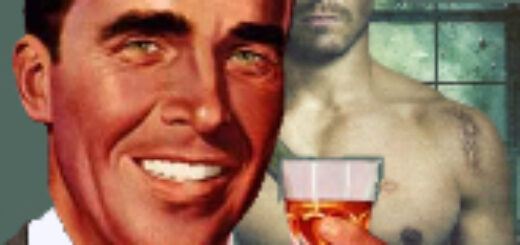
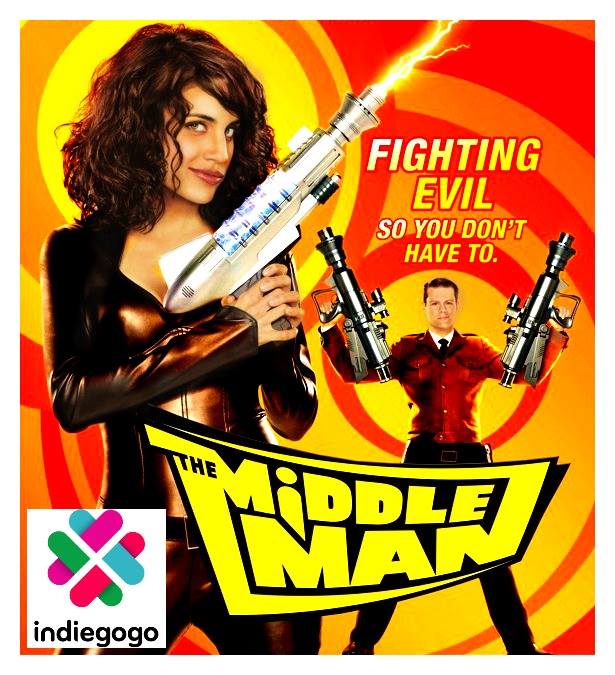
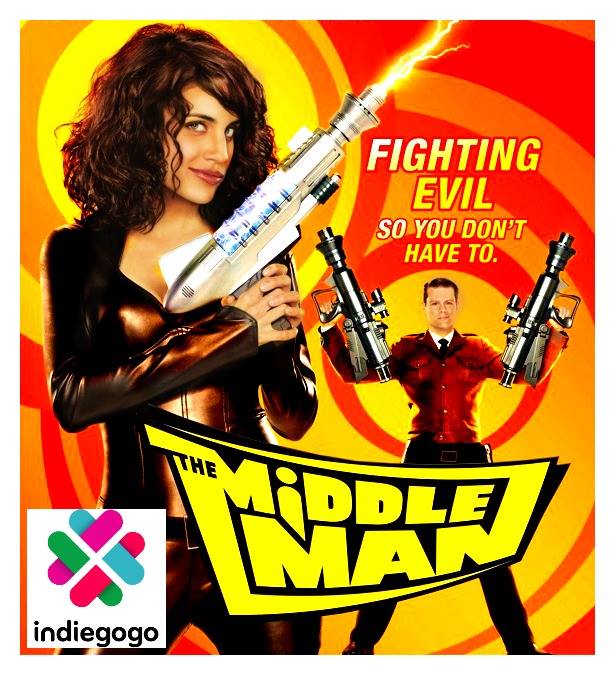
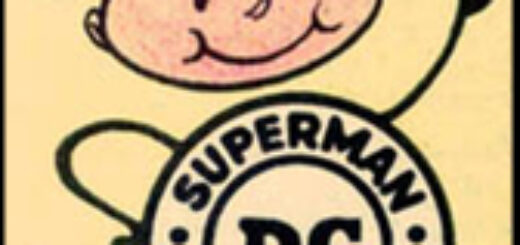





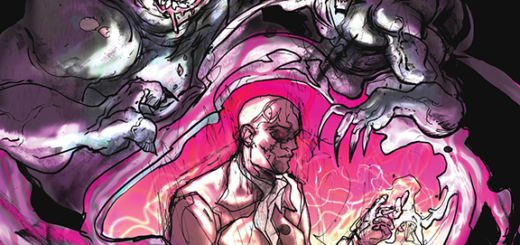
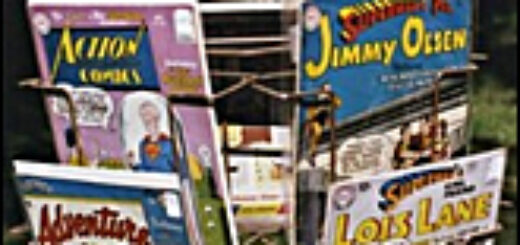
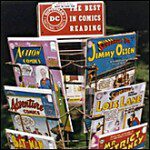



 With nine sets of core games, six generations of characters, and eighteen years of history, one would think that Pokemon might be approaching the end of the tall grass. But with
With nine sets of core games, six generations of characters, and eighteen years of history, one would think that Pokemon might be approaching the end of the tall grass. But with 










